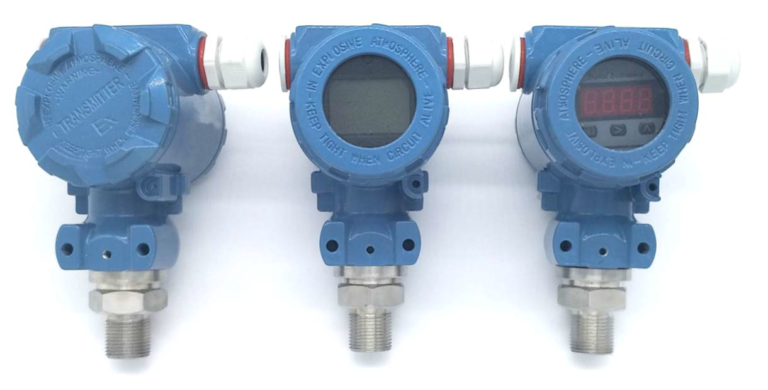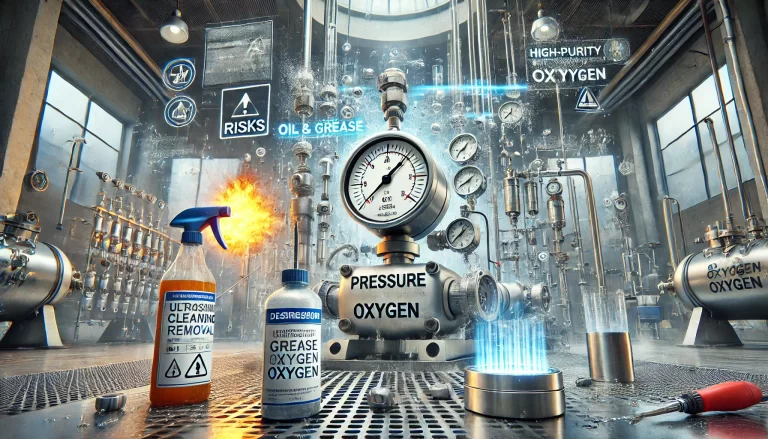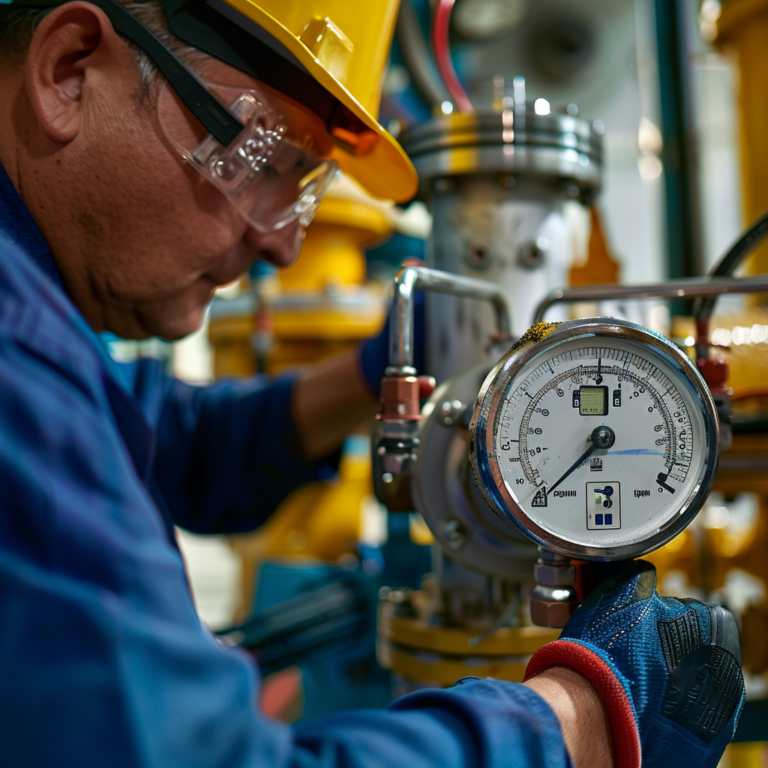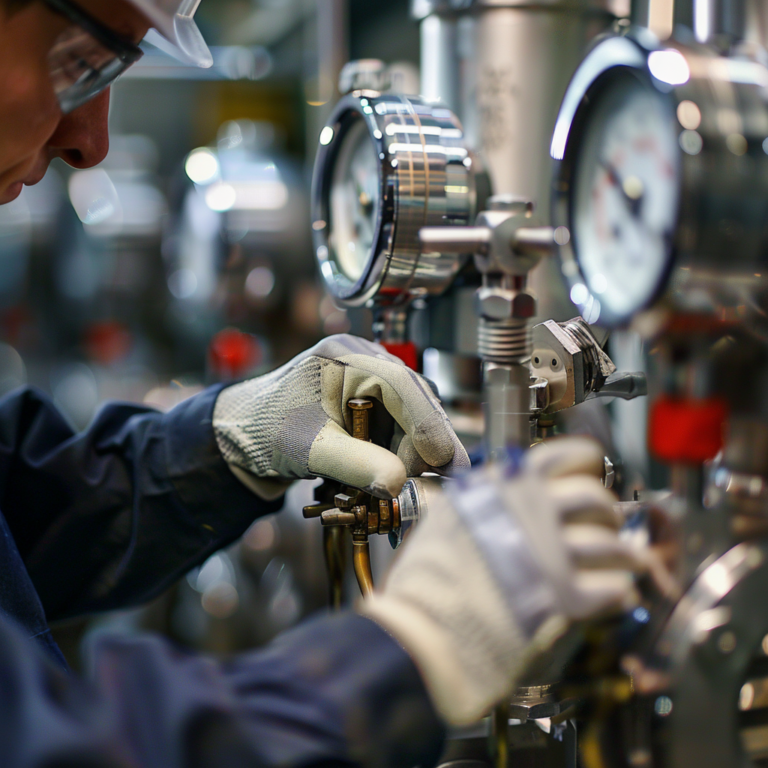A differential pressure transmitter is one of the most commonly used instruments in industrial production. It is capable of measuring various physical parameters, such as pressure, level, and flow. These measurements play a crucial role in industrial processes, helping ensure operational efficiency and safety.

Introduction to Differential Pressure Transmitters
A differential pressure transmitter measures the pressure difference between two points in a process pipeline or vessel. It converts this pressure difference into a standardized electrical signal, typically a 4-20mA current output, that can be read by control systems. This functionality allows it to monitor parameters such as liquid level, flow rate, and pressure, making it essential in a wide range of industrial applications.
Key Considerations When Choosing a Differential Pressure Transmitter
When selecting a differential pressure transmitter, several key factors must be considered:
- Pressure Range: The transmitter must be chosen according to the expected pressure differential of the process being measured.
- Medium Properties: The properties of the medium (liquid, gas, or steam) can affect the performance and selection of the transmitter. For example, a transmitter used in an aggressive or corrosive environment might require additional protective features.
- Accuracy Requirements: Depending on the process, the required accuracy and sensitivity of the measurements should be considered.

Common Operational Challenges and Solutions
Electromagnetic Interference (EMI):
In harsh industrial environments, electromagnetic interference (EMI) from strong electrical signals can affect the accuracy of measurements. Surge pulses caused by lightning can also disrupt system performance. To mitigate this, isolation transformers are used to separate primary and secondary circuits, reducing parasitic capacitance and improving resistance to common-mode interference. The transformers’ shields help maintain signal integrity over long distances.Signal Transmission Issues:
Voltage-output sensors face limitations when signal transmission occurs over long distances, or when environmental electrical noise is high. This often results in a loss of accuracy and poor anti-interference performance. In contrast, two-wire current-output transmitters offer high immunity to interference, making them ideal for such applications.Electrolyte Conductivity and Acid-Base Concentration Measurement:
The conductivity of an acid or base solution is proportional to its concentration. By measuring the conductivity of a solution, it is possible to estimate the concentration of acids, bases, and salts. When a solution flows through a specialized conductivity cell, if electrode polarization and parasitic capacitance are ignored, the system can function as a pure resistor. The output current from a constant-voltage AC current passing through the solution is linearly related to its conductivity, and by extension, the concentration of the chemical components.Circuit Board Failures:
If a differential pressure transmitter encounters circuit faults, it may be necessary to replace the amplifier board. These issues can often be rectified by contacting the manufacturer for a replacement, ensuring the device remains operational and accurate over time.Effects of Gravity on Micro-Differential Pressure Transmitters:
For micro-differential pressure transmitters, which measure very small pressure differences, the weight of the sensor itself can affect the output. Therefore, the installation should ensure that the pressure-sensitive element is aligned perpendicular to the gravitational axis. If installation conditions are restricted, adjustments should be made to recalibrate the zero-point after installation.

Installation and Maintenance of Differential Pressure Transmitters
Installation Considerations:
When installing differential pressure transmitters in process pipelines, the following factors should be considered for optimal performance:
- Avoid Corrosive or Overheated Media: Ensure that the transmitter is not exposed to the medium’s corrosive or high-temperature components.
- Prevent Blockages in Pressure Tapping Lines: Sediment or debris in the tapping lines can cause blockages, affecting measurement accuracy.
- Equal Length of Pressure Tapping Lines: The pressure tapping lines (both positive and negative) should be of equal length to avoid measurement discrepancies.
- Balance the Pressure Head: The liquid columns in the pressure tapping lines must be balanced to ensure accurate readings.
- Temperature Gradient Minimization: The installation should minimize exposure to temperature gradients or fluctuations.
For flow measurement, ensure that the transmitter is installed in a location where gas bubbles can escape for liquid flow measurements and where liquid accumulation can be avoided for gas flow measurements.
Daily Usage and Troubleshooting:
Overvoltage Protection:
Never apply a voltage higher than 36V to the transmitter as this could damage its internal components.Protecting the Diaphragm:
Do not allow hard objects to come into contact with the diaphragm, as this can result in damage or malfunction of the sensor.Freezing Prevention:
Ensure that the measured medium does not freeze, as this could damage the isolation diaphragm and the sensor. If necessary, use heating cables to prevent freezing.Temperature Limitations:
When measuring steam or other high-temperature media, the temperature should not exceed the transmitter’s specified operating limits. For high-temperature applications, use cooling devices to prevent damage.Condensation and Fouling:
For steam measurement, install condensate pots and ensure that the pressure sensors are not exposed to overheated steam directly. Proper drainage should be maintained to avoid sensor damage.

Commissioning and Zero-Point Calibration:
When commissioning the differential pressure transmitter, follow the appropriate steps:
Air Removal and Flushing:
Open the vent valves to remove air or contaminants from the pressure lines before operation. Then, close the vent valves, balance the pressure lines, and ensure proper sealing before starting operation.Zero-Point Calibration:
Perform zero-point calibration by adjusting the balance valve and confirming the accuracy of readings. Be aware that any temperature gradient across the pressure lines can cause zero-point drift over time. It is crucial to calibrate the device under conditions that minimize temperature differences between the positive and negative pressure chambers.Zero-Adjustment Tips:
Ensure that the zero adjustment screw and range adjustment screw are not confused. When adjusting the zero point, verify that the temperatures of both pressure chambers are identical to avoid inaccurate readings.

Conclusion
Differential pressure transmitters are vital tools in industrial control systems, providing reliable measurements of flow, level, pressure, and more. To ensure optimal performance, it is essential to follow proper installation, maintenance, and calibration procedures. By adhering to these guidelines, users can maximize the accuracy, reliability, and longevity of their differential pressure transmitters, contributing to the overall efficiency of industrial operations.
